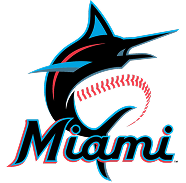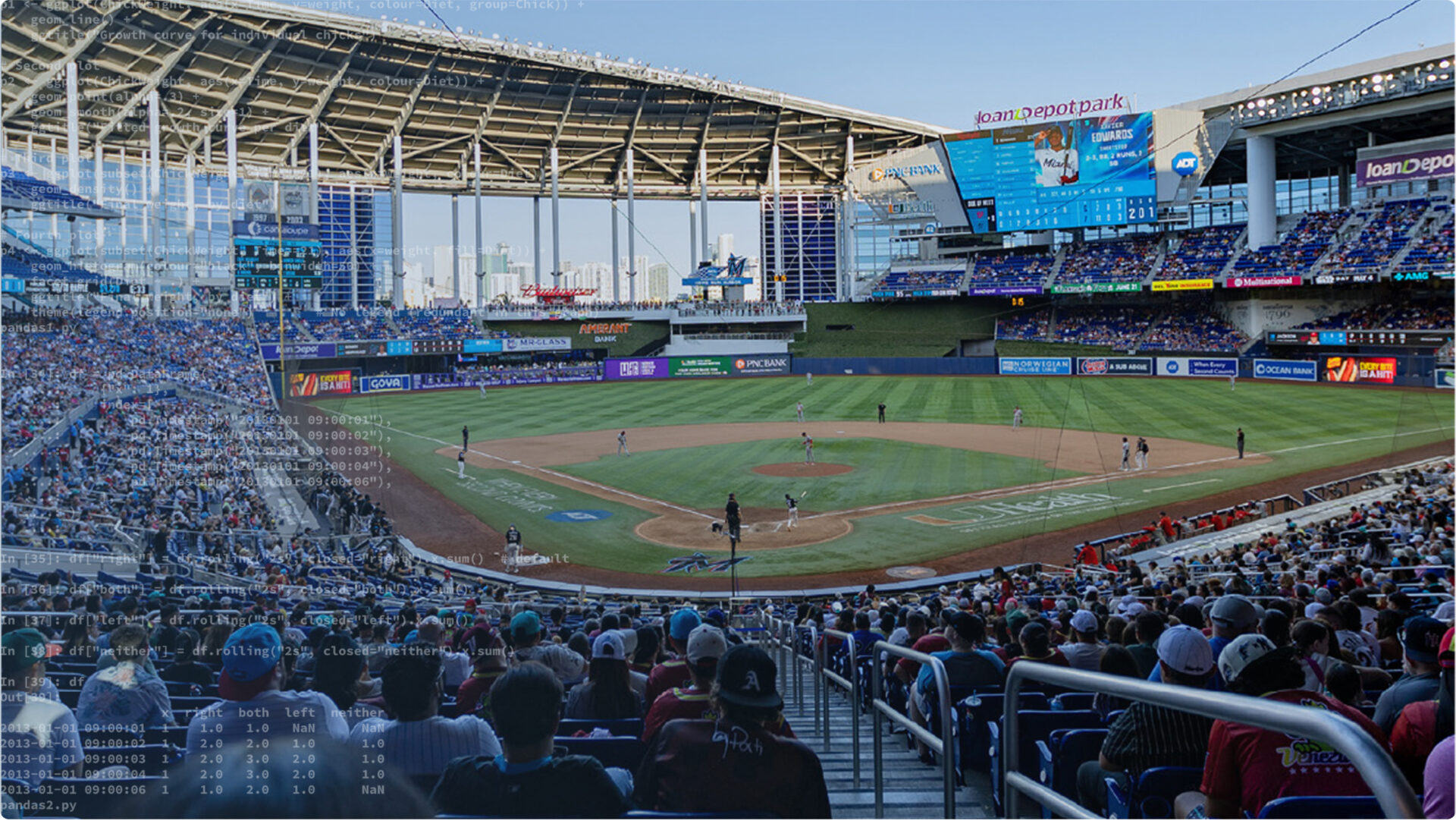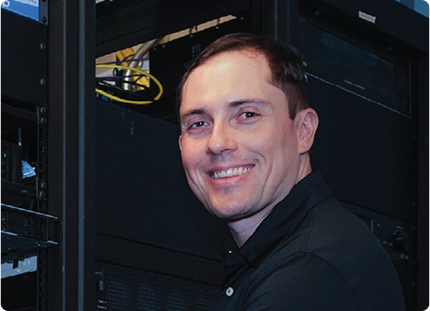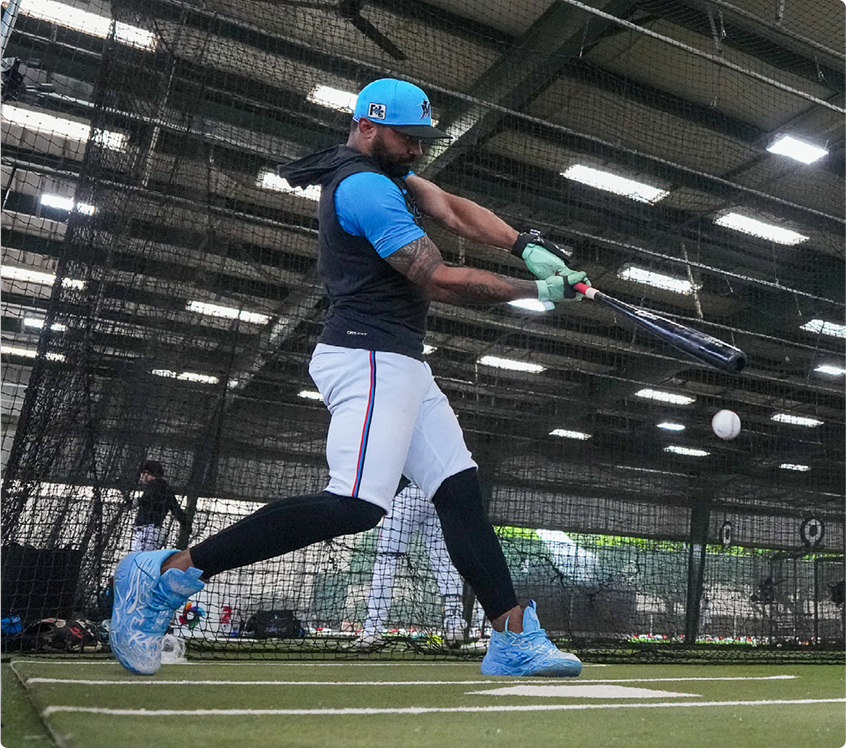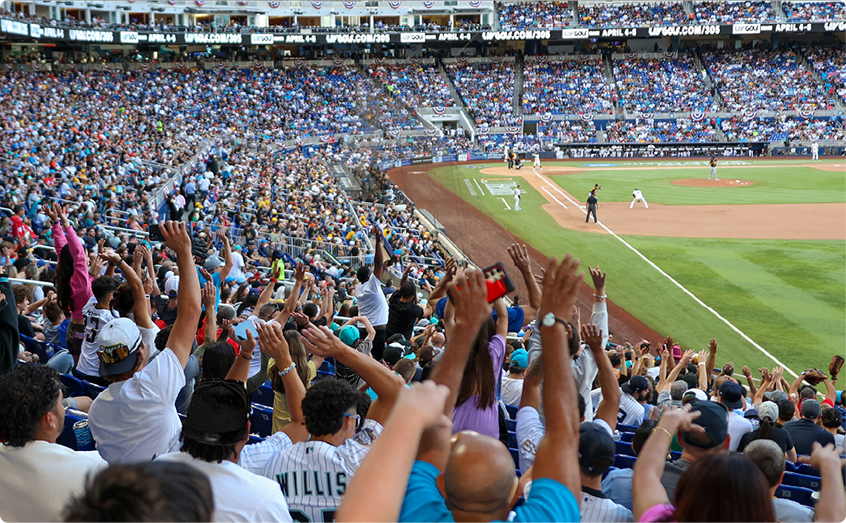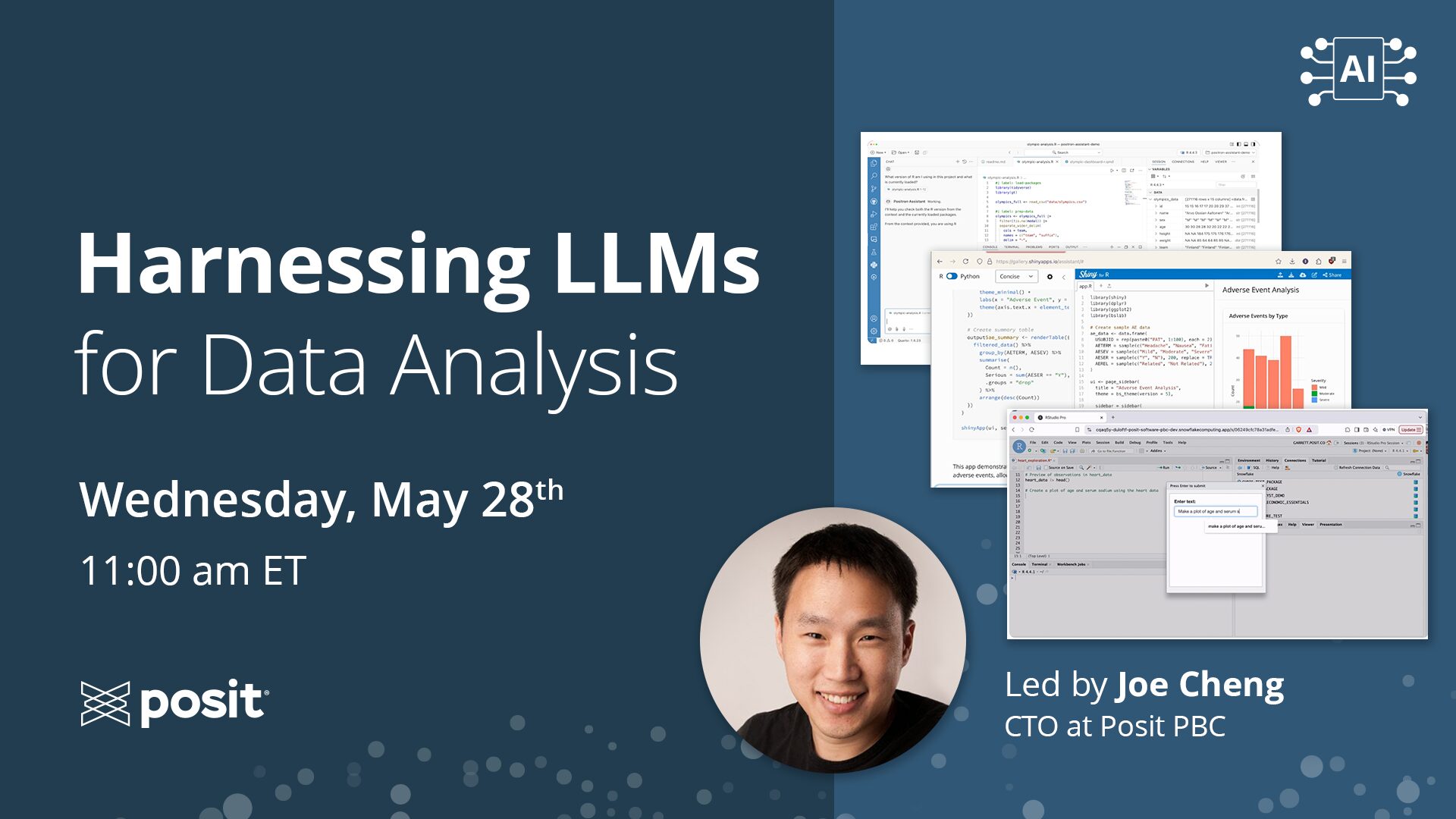You can also read this report in the latest issue of AI and Technology Magazine.
The AI industry hears a lot about how AI is accelerating business competition, operations and people’s every day tasks – but perhaps the most entertaining and exciting application of AI innovation is in the sports sector.
Miami Marlins, the two time World Series winning Major League Baseball team, are deploying AI and machine learning (ML) technologies across their baseball operations. From player performance analysis to fan experience optimization, the Marlins are using AI as part of an organizational rebuild aimed at bringing a World Series championship back to South Florida.
This rebuild is key to the Marlins’ journey in creating a winning culture and team from the ground up, both on the player’s side and in the front office. This technology-led rebuild began with a strategic front office transformation aimed at creating long-term competitive advantages through data. Leading this development is Brian Chase, Vice President of Baseball Systems, who joined the organization as part of this transformation for the 2025 season as part of a broader front office transformation designed to create sustainable competitive advantages through data-driven decision making. He is now focused on AI to enhance how the team works together to win.
The Marlins utilise AI and technology “in almost everything we do on the baseball side,” he says. “Every day, our mission at the Marlins is simple: get better players and get players better. “We use data from every pitch, swing and play to understand who our players are today – and who they could become tomorrow.”
